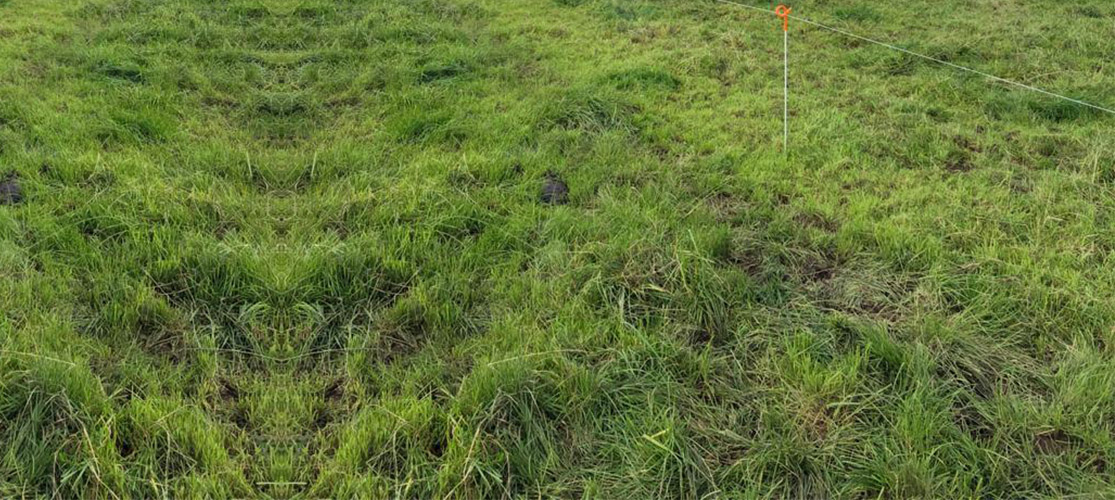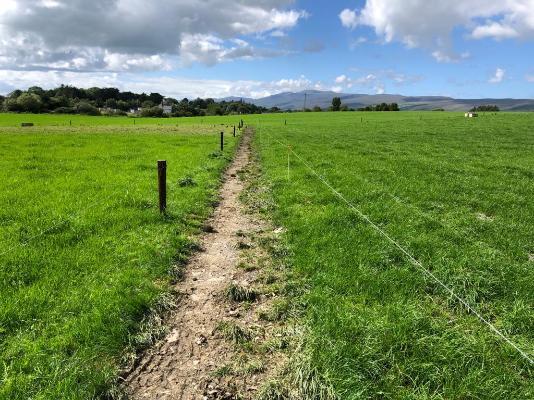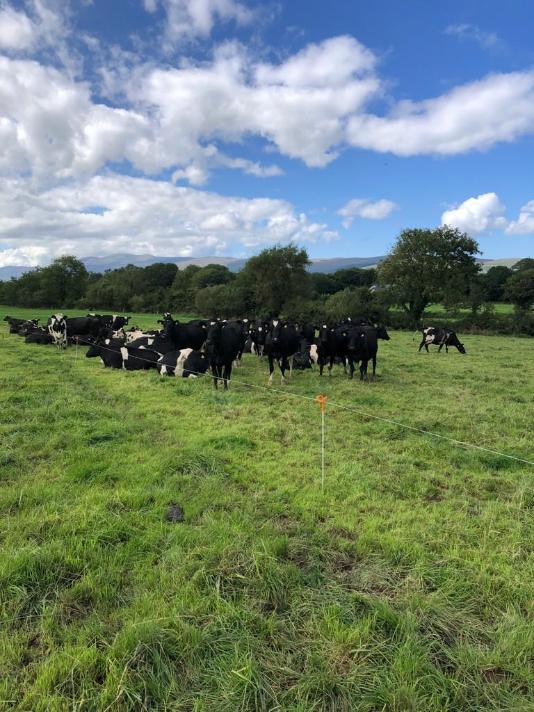20 August 2020
High rainfall making grazing conditions challenging

High rainfall across parts of the country has left grazing conditions extremely difficult. Paudie O’Brien, Heavy Soils Farmer in Kerry gives an update on how he is managing grazing during the wet weather. Joseph Dunphy, Teagasc Grass10 Advisor gives some advice on managing grazing.
“Spring time grazing rules apply” was one of the key messages that Paudie O Brien, our heavy soils category winner of the GFOTY in 2019 mentioned during a visit to his farm in Co. Kerry during the week. High rainfall across parts of the country has left grazing conditions extremely difficult. The dry weather from May/June 2020 is well and truly forgotten.
The priority in this challenging spell is to keep animals out grazing and avoid having to supplement with silage. We also want to avoid poaching ground during this time as this will compromise regrowth on farms and reduce grass grown. The following advice applies to all beef, sheep and dairy farms during this unsettled spell.
- Walk the farm daily to identify dry areas for stock to graze. This may only be certain sections of paddocks.
- Graze paddocks on the farm that have good access and easy exit back onto farm roadways. Spur roadways are great to get cows to the back of paddocks.
- It is important to keep stock moving so return to 12 hour allocations and also to back fence animals so that they do not have access to areas that were previously grazed.
- It may be necessary during longer sustained spells of rain to practice “on – off grazing” allowing cows access to grass for 3 hours morning and evening and then standing them off in the shed to minimise damage in the paddock.
- Cows should be grazing medium covers if possible (1200 – 1500 kg/DM/ha) and 8-10 cm on drystock farms.

Photo on top: Spur roadways are a great tool to get cows to the extremities of paddocks
Photo on bottom: Cows back fenced to minimise damage on areas previously grazed 
